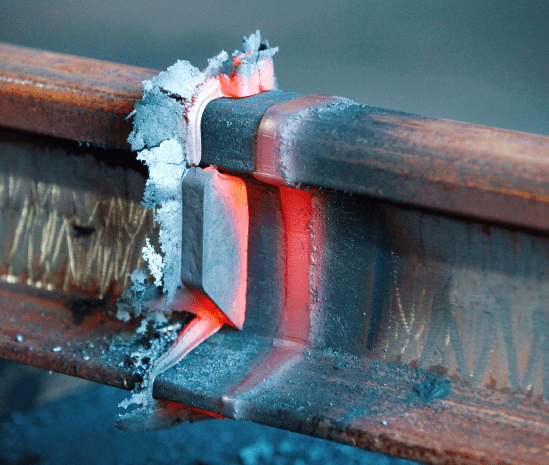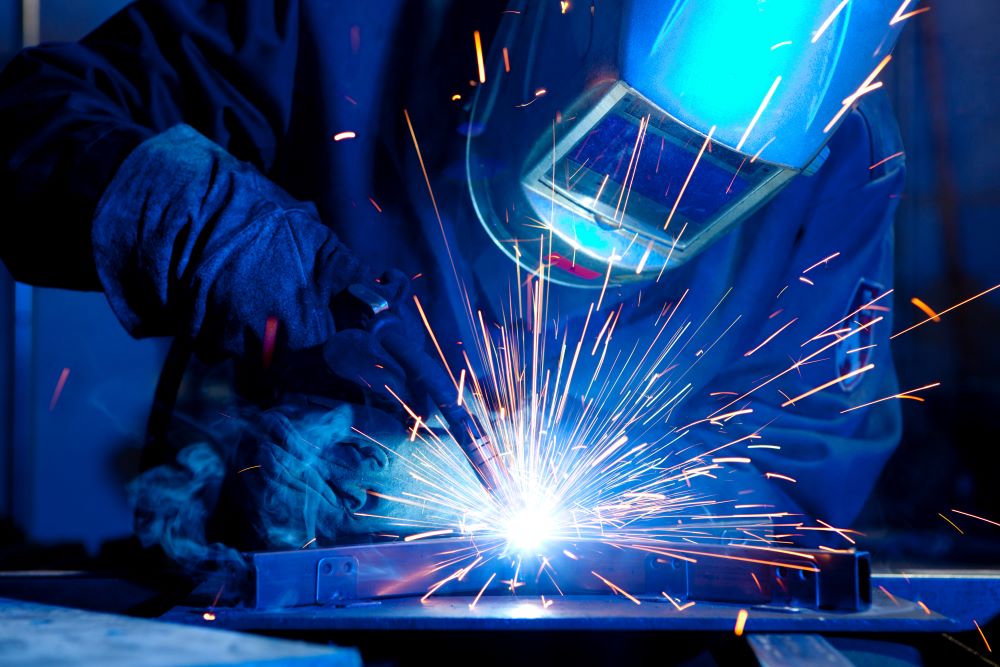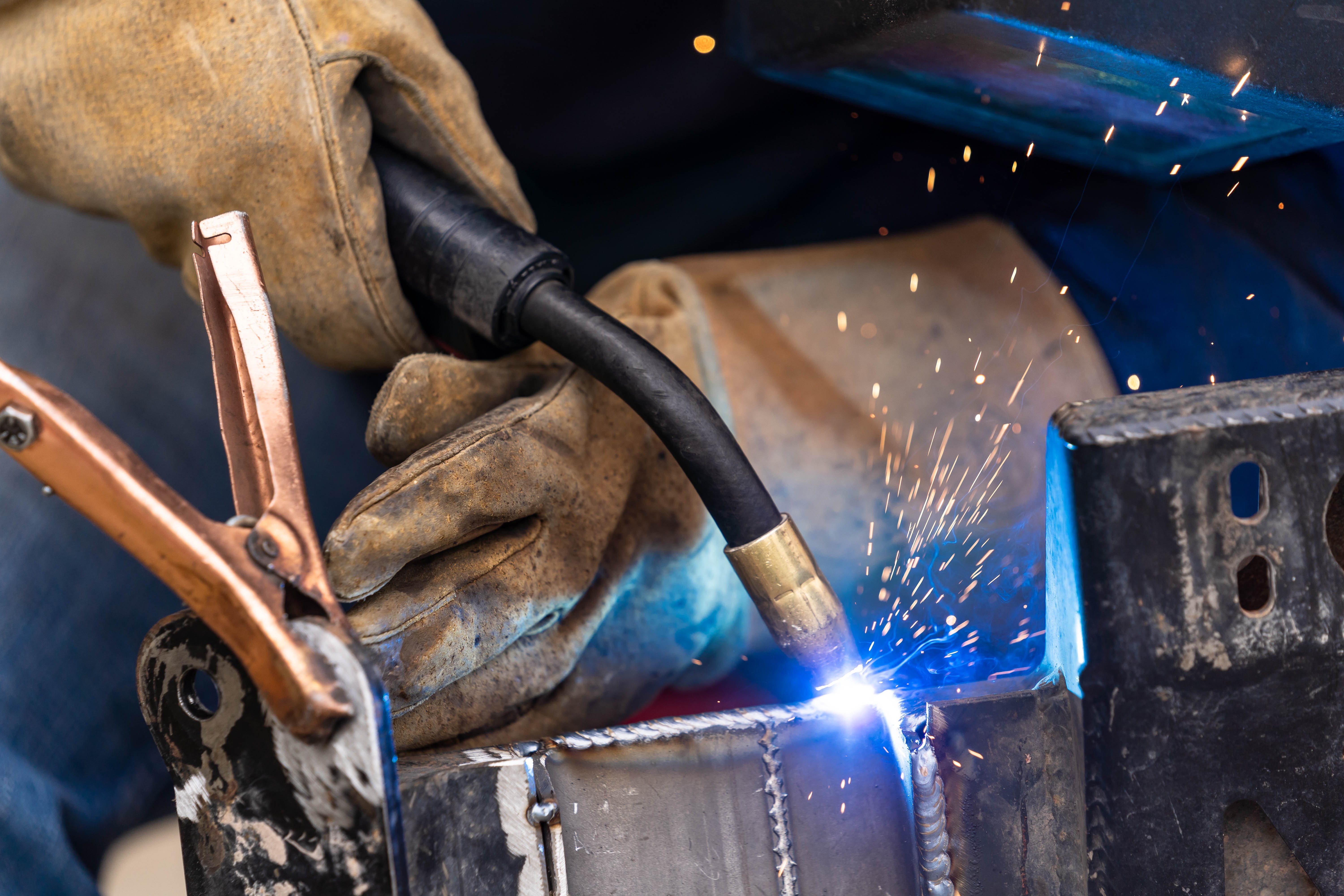The Relevance of Welding WPS: Making Sure High Quality and Safety in Your Jobs
Wiki Article
The Ultimate Guide to Welding WPS Procedures: An Extensive Review for Welders
In the intricate globe of welding, Welding Treatment Specifications (WPS) act as the backbone of ensuring high quality, consistency, and security in welding procedures. Understanding the subtleties of producing, implementing, and keeping an eye on WPS procedures is crucial for welders wanting to boost their craft and fulfill sector requirements. As we explore the various parts of a WPS and discover the details of qualification and qualification, we will certainly uncover the important role these procedures play in the realm of welding. Let's get started on a journey to decipher the intricacies and significance of WPS procedures in welding methods.Relevance of WPS Procedures
Understanding the importance of Welding Treatment Requirements (WPS) treatments is important for ensuring the top quality and honesty of bonded structures. WPS treatments work as a roadmap for welders, laying out the necessary actions, parameters, and products called for to achieve an audio weld. By sticking to WPS standards, welders can make certain uniformity in their job, resulting in reliable and structurally sound welds.One of the key factors why WPS procedures are necessary is their duty in keeping weld top quality and integrity. Following the defined welding parameters and strategies detailed in the WPS assists stop defects such as porosity, cracking, or incomplete blend, which can endanger the stamina and longevity of the weld.

Components of a WPS
A Welding Procedure Requirements (WPS) usually makes up necessary parts that information the details requirements for executing a weld, making certain uniformity and high quality in the welding process. The essential parts of a WPS include necessary variables such as base steels, filler metals, interpass and preheat temperatures, welding processes, protecting gases, welding positions, and post-weld warmth therapy requirements.Base steels refer to the materials being joined, while filler metals are utilized to fill up the gap between the base metals throughout welding. The welding process details the certain technique to be utilized, whether it's gas metal arc welding (GMAW), secured steel arc welding (SMAW), or an additional technique. Welding settings specify the orientations in which welding can be executed.

Qualification and Accreditation
Having established the vital parts of a Welding Treatment Specification (WPS), the emphasis now changes towards the vital aspects of qualification and accreditation in welding methods.
Accreditation, on the other hand, is the formal acknowledgment of a welder's certifications by a pertinent accreditation body or company. Welding accreditations are typically based on the specific welding processes, materials, and placements a welder is qualified to function with. Holding a valid welding qualification shows that a welder satisfies industry standards and is qualified to carry out welding jobs to the called for requirements.
Producing a WPS
To create a Welding Procedure Specification (WPS) that satisfies industry standards, careful consideration of welding procedures, products, and functional specifications is necessary (welding WPS). The primary step in producing a WPS is to determine the welding process to be made use of, such as gas metal arc welding (GMAW) or protected metal arc welding (SMAW) When the welding procedure is established, the following vital facet is choosing the ideal materials, considering aspects like base steel kind, density, and joint design. Operational specifications such as welding current, voltage, travel speed, and protecting gas make-up need to likewise be meticulously defined in the WPS.
Applying and Keeping Track Of WPS
Upon settling the detailed Welding Procedure Spec (WPS) that thoroughly information welding procedures, products, operational parameters, and high quality assurance actions, the emphasis changes to properly executing and checking the established procedures. Implementation includes ensuring that all welders involved in the job recognize with the WPS and follow it thoroughly during the welding process. This calls for providing ample training and guidance to assure adherence to the specified treatments. Keeping track of the WPS includes continuous oversight to confirm that welding activities line up with the recorded specifications. Examinations, testing, and quality assurance actions are necessary parts of the surveillance procedure to identify any inconsistencies or concerns promptly. Normal audits and evaluations of the welding procedures help in preserving linked here uniformity and high quality throughout the job. Effective application and monitoring of the WPS are important for making sure the stability, stamina, and security of the bonded joints, eventually adding to the general success of the welding job.Final Thought
Finally, understanding and adhering to Welding Treatment Specifications (WPS) is critical for welders to ensure quality, uniformity, and security in their job. By recognizing the elements of a WPS, obtaining proper qualifications and accreditations, developing in-depth procedures, and carrying out and monitoring them efficiently, welders can boost their abilities and proficiency in welding techniques. Sticking to WPS treatments is vital for producing top quality welds and conference industry standards.
In the elaborate world of welding, Welding Treatment Requirements (WPS) serve as the backbone of guaranteeing top quality, consistency, and safety in welding procedures. The welding procedure lays out the details strategy to be utilized, whether it's gas steel arc welding (GMAW), secured steel arc welding (SMAW), or an additional approach.To establish a Welding Treatment Requirements (WPS) that meets market criteria, cautious factor to consider of welding processes, products, and functional criteria is essential. The first step in creating a WPS is to recognize the welding procedure to be utilized, such as gas steel arc welding (GMAW) or secured metal arc welding (SMAW)Upon completing the detailed Welding Treatment Spec (WPS) that thoroughly details welding processes, materials, functional specifications, and quality guarantee procedures, the emphasis additional resources moves to properly implementing and keeping track of the well established procedures.
Report this wiki page